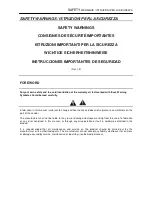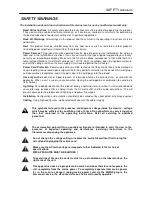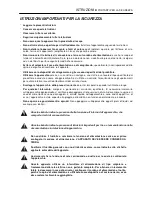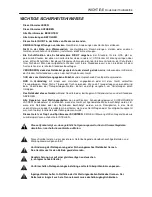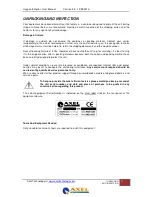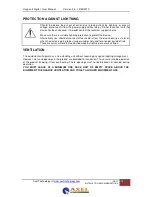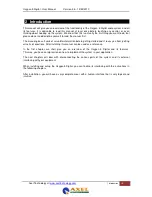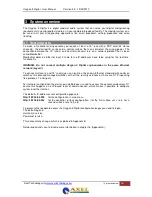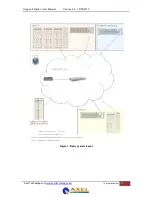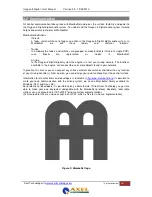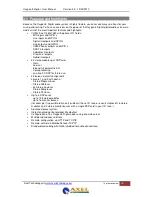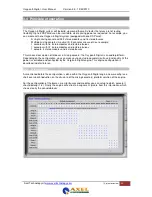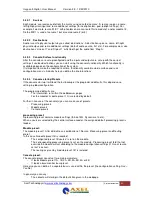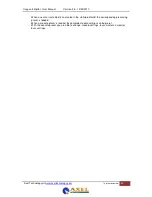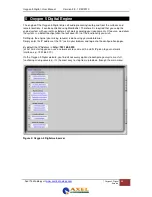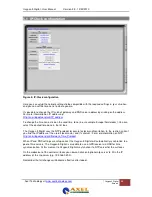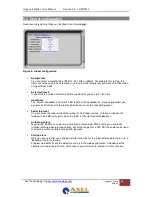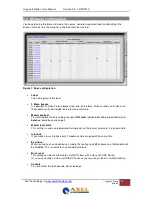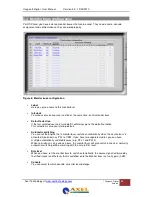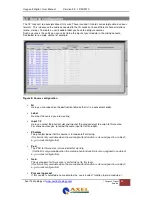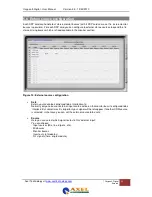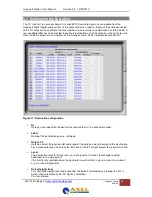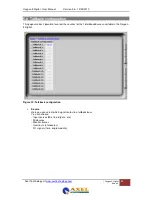
Oxygen 5 Digital - User Manual
Version 2.5 - 12/22/2010
Axel Technology srl
www.axeltechnology.com
|
System over view
19
3.3 Features and highlights
Because the Oxygen 5 Digital audio system is highly flexible, you can make many solutions for your
mixing and routing. To have an overview on the power of the Oxygen 5 Digital digital audio system we
made a list of the most important features and highlights:
•
I/O Matrix of 1280x1280 with optional I/O Cards:
- MIC inputs and GPIO’s
- Line inputs and GPIO’s
- Digital in/outputs and GPIO’s
- Line outputs and GPIO’s
- CRM/Phones outputs and GPIO’s
- ADAT in/outputs
- CobraNet in/outputs
- Firewire in/outputs
- Hybrid in/outputs
•
32 stereo modules per DSP card.
- Gain
- Low cut
- 6 band full parametric EQ
- Voice processing
- one free FX DSP for future use.
•
32 busse s, default configured if:
console 1 and 2 with each a:
- Stereo Program buss
- Stereo Sub buss
- 4x Stereo Aux buss
- Stereo Dump buss
- Stereo PFL buss
•
Up to 4 DSP cards
- up to 128 stereo modules
- up to 16 monitor busse s.
(for example it is possible to make 4 studios with one I/O rack, or even 2 studios of 16 stereo
modules and 2 stereo monitor busse s with a single DSP card in your I/O rack…)
•
Advanced preset system.
•
Object oriented control protocol, MambaNet
•
Configuration of the Oxygen 5 Digital nodes using one web server
•
Multiple redundancy solutions
•
Remote configuration via HTTP and TCP/IP
•
Remote control via MambaNet over TCP/IP
•
Standardized cabling with RJ45 (shielded for audio connections)

